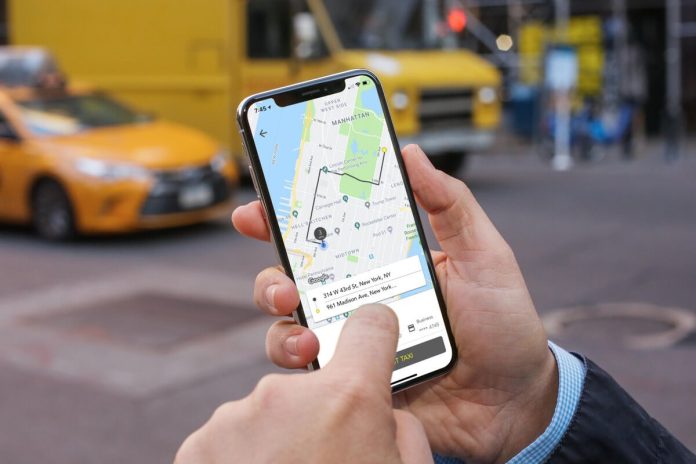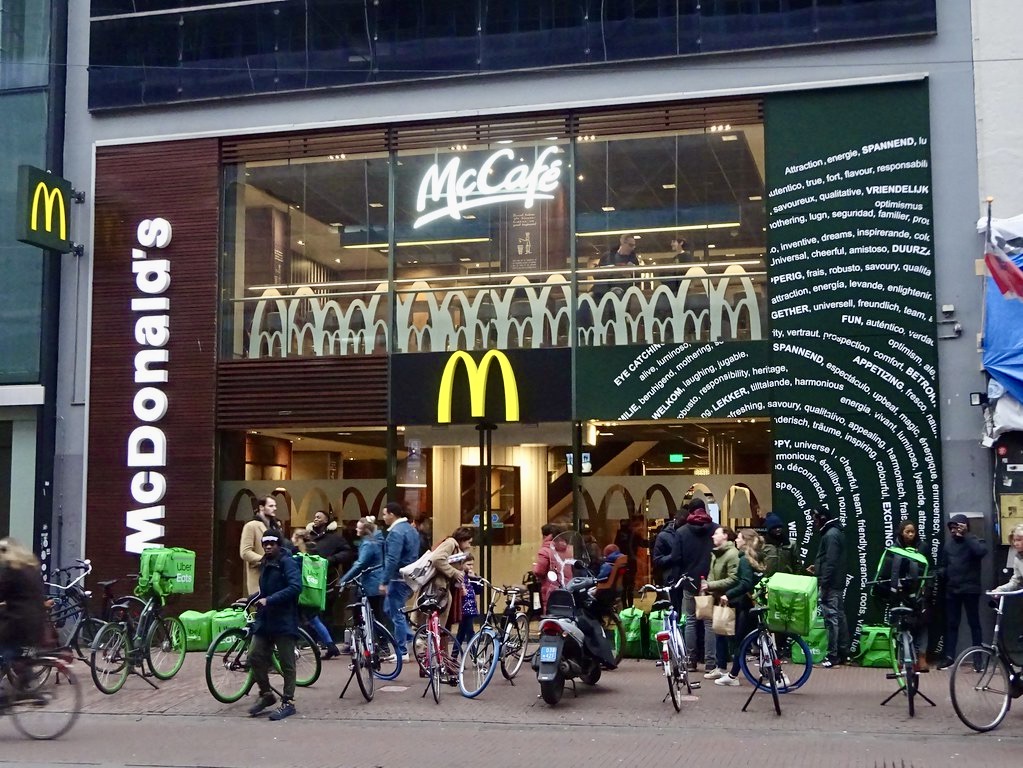
On Tuesday, GrubHub sent New York restaurants into a tailspin with a free lunch promotion. Between 11am and 2pm, the food delivery app offered $15 off any order made from restaurants around the city. Grubhub’s platform crashed as it was receiving 6,000 orders a minute. Restaurants saw queues blast past their capacity to fill them, and orders spill into the evening.
That wasn’t the only social media site to clog restaurants. It’s something of a pastime for TikTok and Instagram, where an influencer tweets out whatever the latest version of a cronut is and the world descends on the restaurant. Some barely survive.
And the sharing economy itself is in a tailspin. Slate is covering the demise of the Uber Subsidy, which is where venture capital kept the ridehailing company afloat for most of a decade, hiding how massively Uber underpriced fares. Uber kept losing money (driving many traditional taxi companies out of business in the process) but monopoly-seeking investors kept showering it in more venture capital. Now, with ridehailing prices increasing, customers are faced with the true costs of being chauffeured around in a world with almost no competitors.

It’s very easy and correct to look at these failures as standard corporate nonsense screwing up regular people’s lives. It is vital to step back to see larger destructive economic forces at work. App companies are playing with enormous sums of money. When that cash hits the ground in cities, the impact can be catastrophic. It’s happened before.
The size of money
It’s necessary to stop for a second and understand the scale of money that we’re talking about. For a regular person, amounts of money past the first comma are annual expenditures. Past the fifth digit are once-in-a-lifetime purchases. One billion dollars has ten digits: $1,000,000,000.
So when a city budget starts talking about millions of dollars for a bike lane, we can understand that as a significant investment. When King County decides to spend a hundred million dollars on upgrading a ballpark instead of housing, we understand that to be a huge ridiculous expenditure.
Uber is worth $46 BILLION dollars and TikTok is approximately the same. That’s the price of 400 ballpark roofs. This puts the companies in league with Kraft Heinz, Mitsubishi, or the State of Missouri. Where Seattle spent $3.8 million on about half a mile of 7th Avenue improvements, the value of Uber would be able to replace roads, concrete, and stormwater on every street in the city and still have about $20 billion left over.
From a different perspective, GrubHub has the very paltry value of $7 billion dollars. That is the budget for the City of Seattle, including its public utilities. Since its founding a decade ago, Uber has blown through $25 billion dollars in venture capital funding. That’s five years of operating money for all of the municipalities in King County, combined.
We can become very jaded talking about sums of money that exceed the gross domestic product (GDP) of some countries, particularly when it’s passed between something as disconnected as companies and counties. And the size of these companies is minimized because they appear as little squares on a wafer of glass in our pockets.
Meteor sized money
Though your phone is small, the money attached to those icons is huge. As cities have learned, that money has massive destructive power. Billions of dollars in investment have screwed up cities for decades, repeated often through the 20th and 21st Centuries.
Large flows of cash obliterate the ground wherever they touch. It’s the story of federal highway dollars where the federal government’s 90% subsidy caused cities to tear up neighborhoods. It’s the story of flagship urban renewal where cities chased tourist dollars with shiny new attractions that are now dead malls. It’s the story of megaprojects built to attract international investment, domestic tax shelters, or ephemeral tech dollars.
Of course, the Chicxulub of all investment meteor strikes is for a city to host the Olympics. Time and time and time again, the Olympics wreck a city’s finances and leave behind moldering heaps of unused facilities. Even cities that emerge relatively unscathed are faced with continued question of “Why did we even do that?”
The differences between an Olympics and a TikTok meme are capacity and time. The Olympics and megaprojects take time and local contractors to build. Apps and virality, on the other hand, are sudden and unpredictable. The electric strike of success is called down by thousands of individual clicks. Places don’t have time to prepare. App companies execute regulatory capture faster than governments can update their regulations, and one way they do it is wooing prominent political insiders to their lobbying shops with gobs of cash.
There is no difference in impacts. Whether it’s an app request to to deliver Thai food or in an official city application to the IOC, both try to taking hold of immense money and attaching it to a place on the ground. It could destroy a kitchen or a neighborhood, but can be catastrophe in both cases.
It’s fallen out of favor to call the internet an “information superhighway.” Perhaps because of how little real information exists there. But the superhighway metaphor is becoming more and more apt. Just like the interstate highways, apps can dump a ton of pollution and traffic right at your doorstep. Like the flood traffic changed the shape of cities, so does a horde of dancing influencers.
Ray Dubicki is a stay-at-home dad and parent-on-call for taking care of general school and neighborhood tasks around Ballard. This lets him see how urbanism works (or doesn’t) during the hours most people are locked in their office. He is an attorney and urbanist by training, with soup-to-nuts planning experience from code enforcement to university development to writing zoning ordinances. He enjoys using PowerPoint, but only because it’s no longer a weekly obligation.




